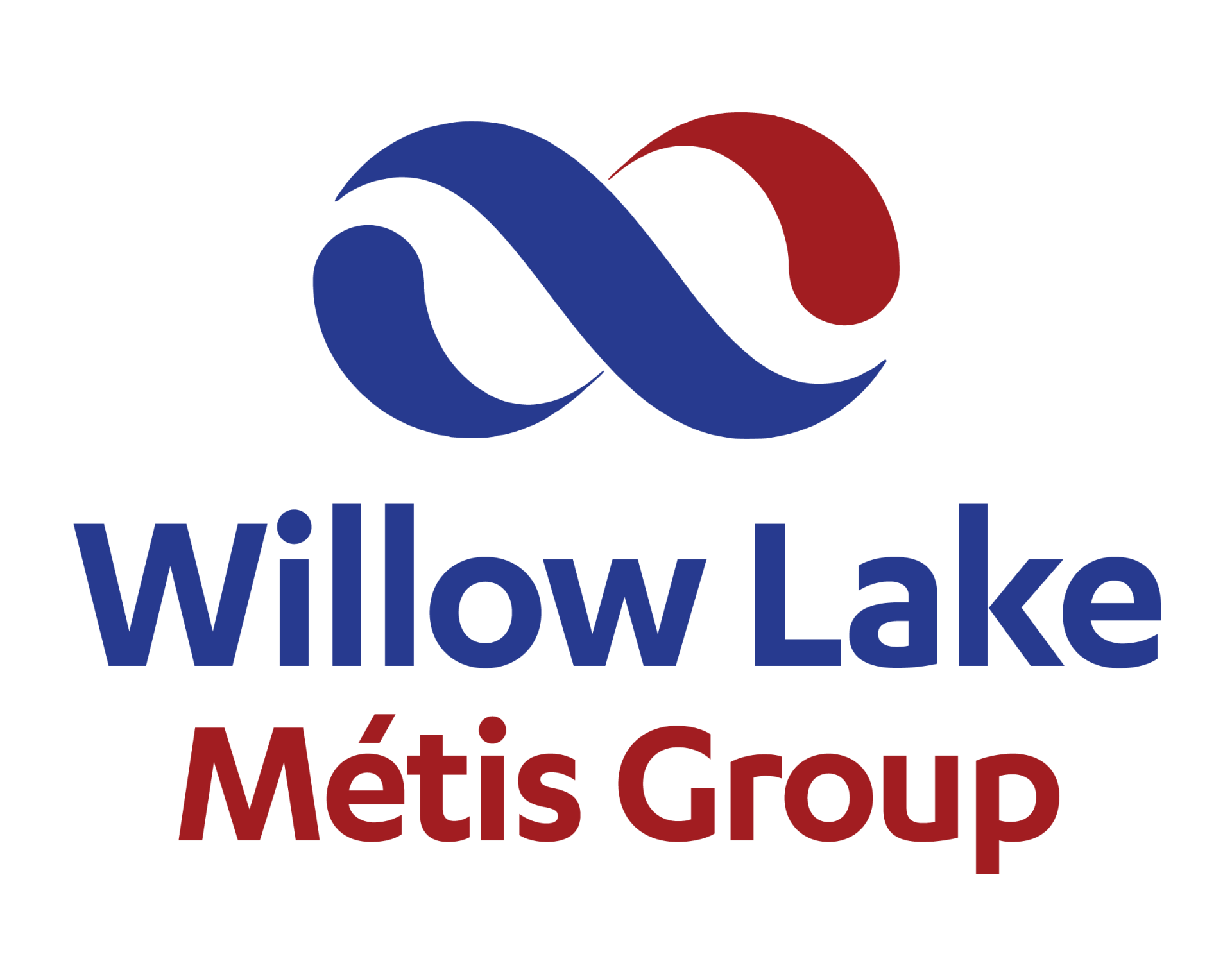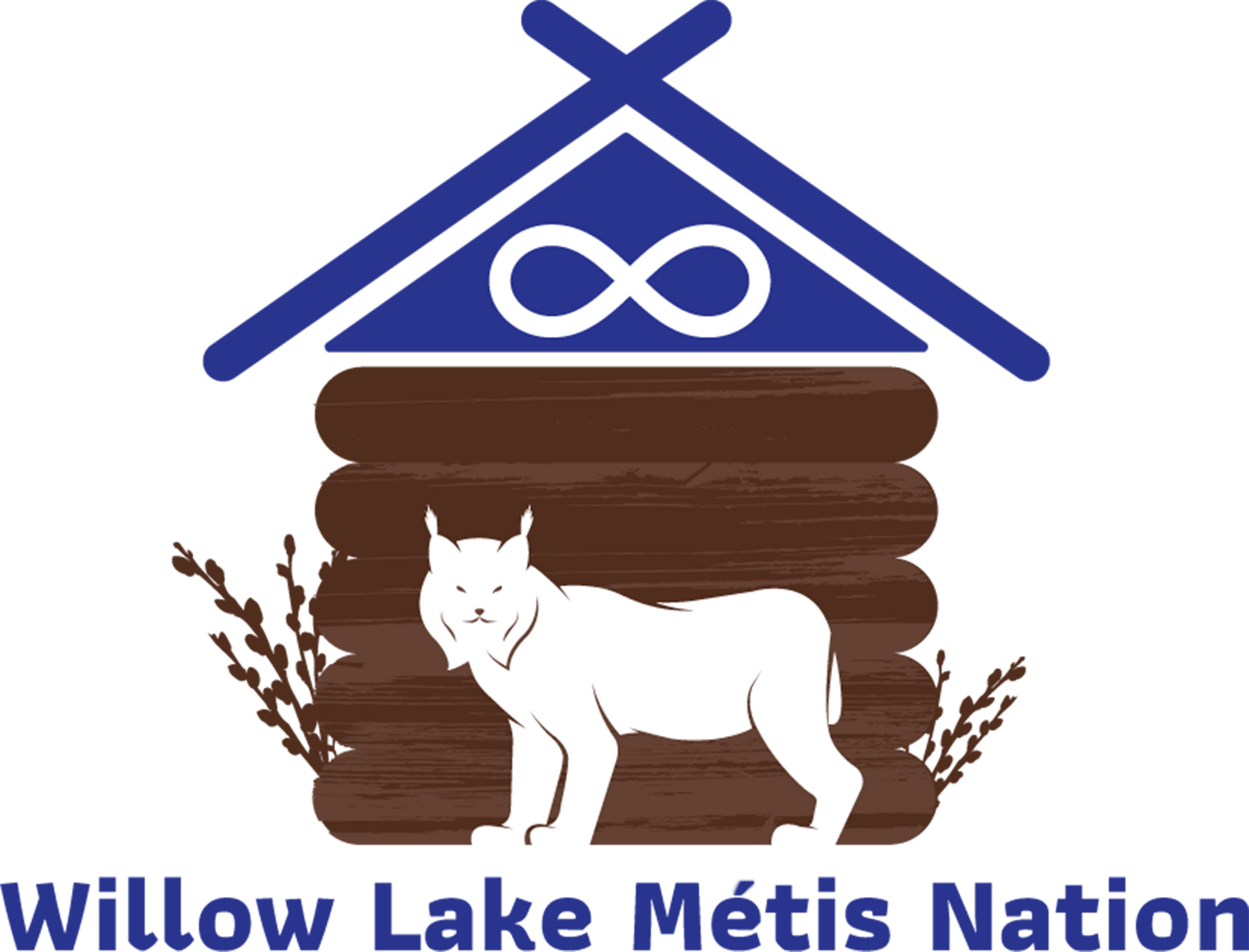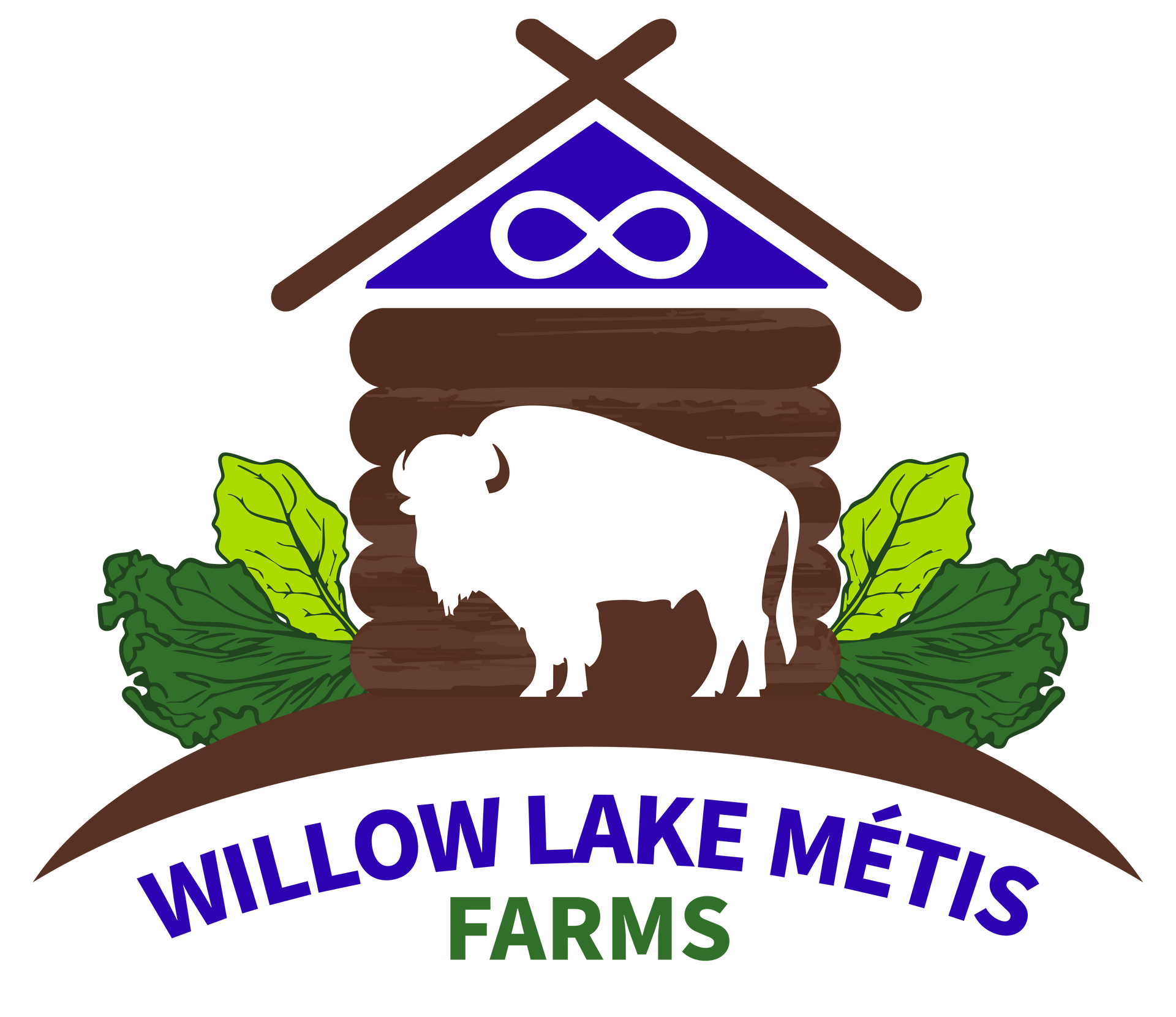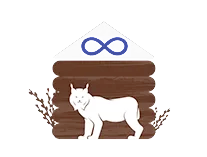For the Métis people of Willow Lake, the land, water, and animals are not just resources—they are relatives. The environment is woven into every aspect of Métis life, from sustenance to spiritual connection, and protecting it is a responsibility carried forward by each generation.
As Kyle Whitford of the WLMN sustainability department explains, his role is to be “the voice for the land and the water and the animals around us.”
This responsibility isn’t just about conservation; it’s about listening to what the environment is telling us and ensuring that industry, government, and future generations hear it too.
A Duty to Protect the Land for Generations to Come
For Kyle and many others in the Nation, environmental protection isn’t an abstract idea—it’s about survival, both now and in the future.
“My family and a lot of families in our community and our Nation, we actually rely on the fish, the animals for consumption. It’s our bread and butter, I guess you could say,” he shares.
This deep reliance on nature means that any harm to the land or water directly impacts the well-being of the people.
“We’ve got to uphold a good, healthy environment for future generations,” Kyle states.
Holding Industry Accountable
While environmental sustainability has always been part of Métis culture, modern industry presents new challenges.
Willow Lake Métis Nation works directly with industry partners to ensure development is done responsibly. “We’ve got to hold accountability for them,” Kyle explains, “and that all boils down to our water, animals, and everything in between.”
This accountability isn’t about shutting down development—it’s about working together in an ethical space where everyone benefits.
“I don’t know if you ever heard of [Dr. Elmer] Ghostkeeper,” Kyle says, referencing a well-known Indigenous leader, “but he mentioned how important it is to want to work in an ethical space with industry and our community members — where everybody has the same goal and is working in peace and harmony.”
The Ecosystem is a Delicate Balance
Kyle and his team understand that every element of the environment is connected.
“If you take one section out, one living organism or one animal, everything gets unbalanced.” He refers to an example from Yellowstone National Park, where the reintroduction of wolves completely reshaped the landscape.
“The wolves would eat the elk, so the elk wouldn’t eat the vegetation by the river, which allowed the riverbanks to stay strong. It all had to do with the beavers and everything being interconnected.”
This understanding is what drives the Nation’s environmental efforts. “Our goal is to keep everything in balance where we monitor fish, animals, and the water itself… If one animal gets too much, they get overpopulated and diseased. It’s just a big ecosystem.”
Bridging Traditional Knowledge and Western Science
For years, Elders have spoken about changes in the environment, but their observations were often dismissed without scientific proof. Now, WLMN is ensuring that traditional knowledge is backed by data.
With the Nation’s Oil Sands Monitoring (OSM) program and sustainability department, that proof is now being gathered.
“We get a chance to use Western science technology to reiterate what our Elders are saying so we can talk [in] their language. If our Elders say the moose are getting ticks earlier because of an earlier thaw, we can confirm that with our camera programs. We can link what they’re saying to Western science terminology.”
This blending of Indigenous knowledge and scientific methods allows the Nation to advocate more effectively for environmental protections.
“Now, when industry or government asks for proof, we have it. We’re not just saying it—we’re showing it.”
A Future Built on Respect for the Land
At its heart, environmental stewardship in Willow Lake Métis Nation is about respect—respect for the land, for the knowledge passed down through generations, and for the future. “Everything is interconnected,” Kyle says. “If we don’t take care of the land, the land won’t take care of us.”
By combining traditional Métis values with modern environmental science, WLMN is ensuring that their homeland remains healthy and abundant—not just for today, but for generations to come.




